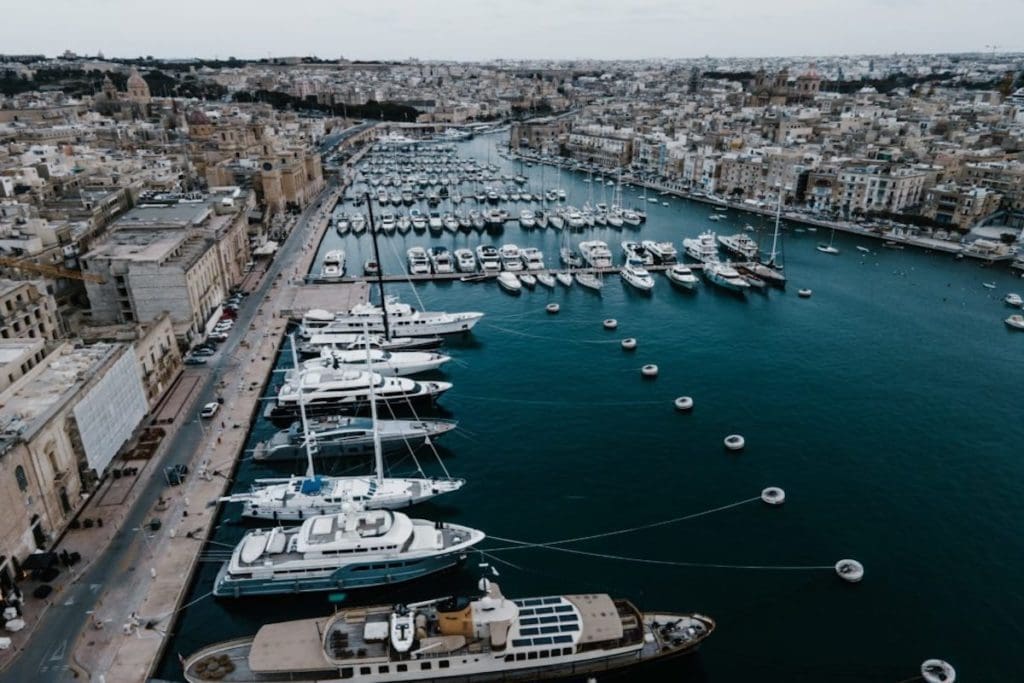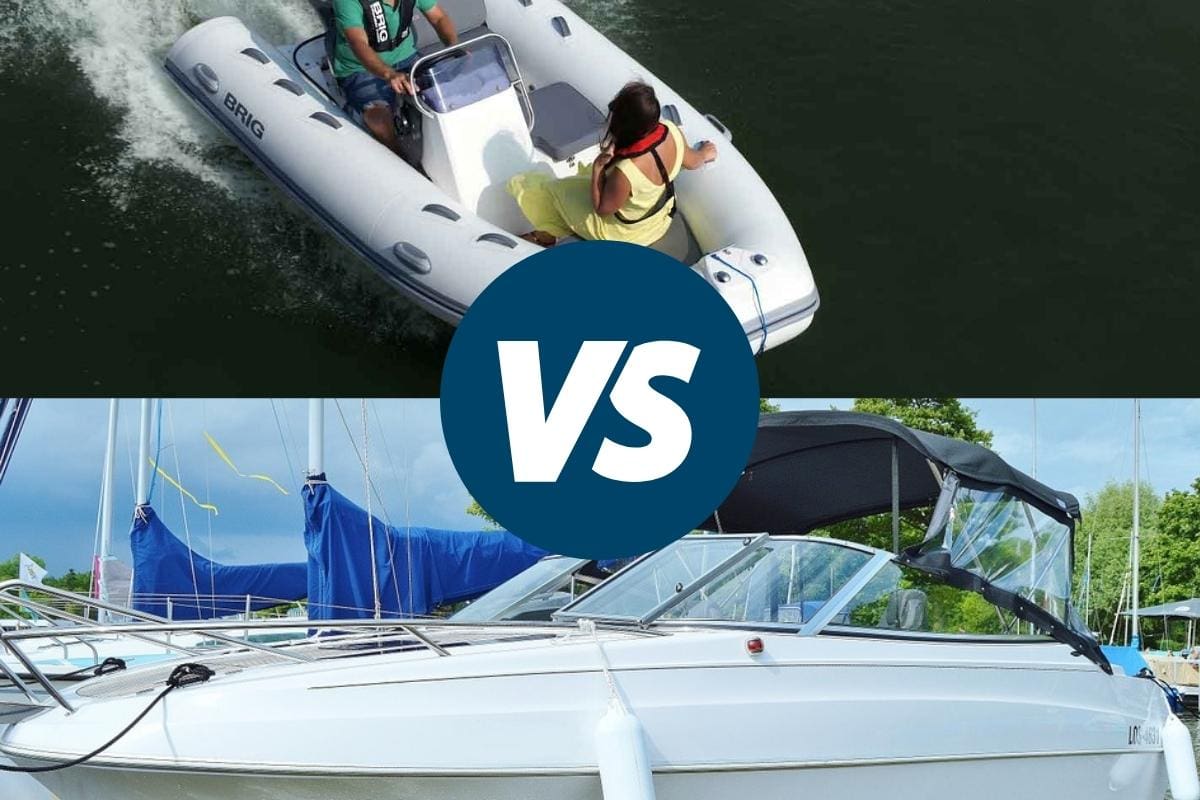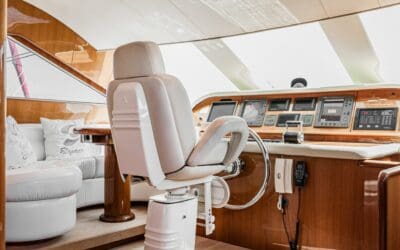When one decides it’s time to start exploring the seas, the first thing they start debating on is what kind of vessel they should get. One of the first questions that ends up emerging is “should I get a boat or a rhib?”
Yachting.mt, Malta’s freshest yacht broker and charter service, gives you an insight into the differences between boats and rhibs to help you arrive at your decision faster, and hopefully, more efficiently. Why? Because the decision between the two is a totally subjective one and one’s needs need to be considered before deciding.
Boat vs Rhib: Let’s first look at the space
When looking at the space available on these two vessel types, rhibs are clearly wider than boats. However, the inside space of rhibs is reduced when compared to boats. Rhibs’ tubes are roughly 50cm in diameter, which means they take up a total of one meter. On the other hand, a fiberglass boat side is around 20cm, and therefore takes up between 40 to 50cm in total, almost half the space. Nonetheless, the lost space is then recuperated because extra people could come onboard and sit on the tubes. Therefore, when looking at space, a boat will offer you a larger inner width, while a rhib will allow you to safely host more people.
Boat vs Rhib: Now we move on to the weight
When purchasing a vessel, one thing to look out for is most definitely weight. Why? Because the weight of a vessel has an effect on both fuel consumption as well as the stability. Given that PVC is much lighter than fibreglass, one can say that when looking at a medium sized rhib, the weight of the fibreglass on the hull counts to almost half of the weight. When one adds on the tubes and other accessories, the rhib can end up weighing 30% to 40% of the weight of a fibreglass boat. Therefore, if the boat and the rhib have the same engine, the rhib ends up being more efficient.

Boat vs Rhib: Let’s now look at the hull and power of the vessel
When evaluating what vessel to buy, one thing you should definitely keep in mind is that the deeper the V is, the better the vessel is for higher waves and smoother journeys. However, the performance might be a bit lower in the process. A flatter hull, whether purchasing a boat or a rhib, will help with speed, manoeuvrability and comfort for passengers. The main challenge is finding the ideal propeller and engine height, mainly because of the drag (friction of water on the hull).
Boat vs Rhib: Let’s face it, price is a main factor too
One factor that determines a purchase is, of course, the price. Generally a rhib is more expensive than a boat, ranging from 20% to 25% higher in price. Just the production of the tube for the rhib, and fitting it into the fibreglass bottom increases its final price.
Boat vs Rhib: Safety is key
Apart from price, another key deciding factor is safety. Rhibs are generally described as the safest vessel at sea. Why? It’s a floating device, so while it can flood, it won’t sink.
Boat vs Rhib: Decision time…
| Rhibs | Boats |
| More fuel efficient | Space volume is larger |
| Easier to maneuver | No troller damages |
| Is more versatile | Movement is more stable |
| Generally safer | Generally lower in price |
Looking into purchasing a boat or a rhib? Get in touch with us to help you find the right fit for you.




